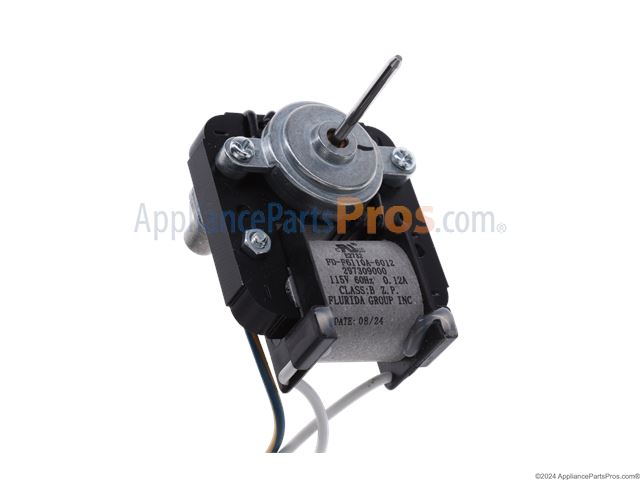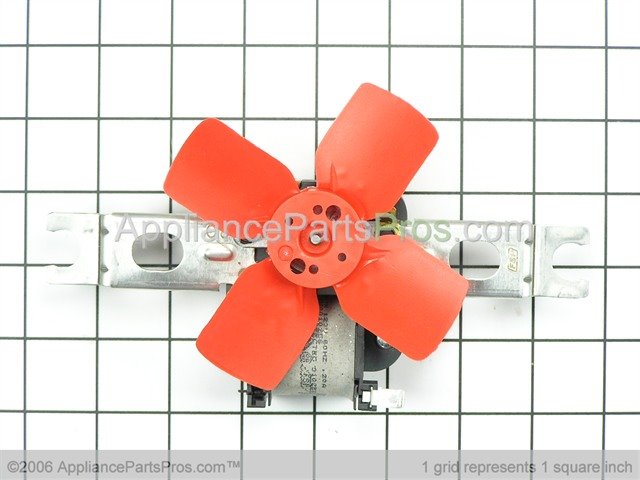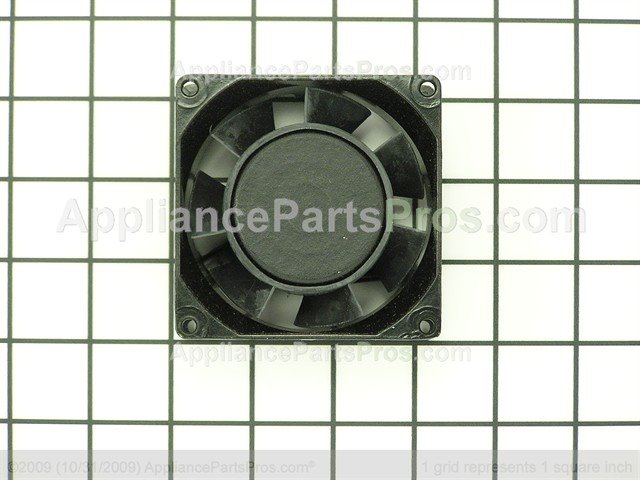Inglis Whirlpool Kenmore Belt Washer Common Problems
Like timers, pumping problems, leaking, spinning, agitating and spinning & agitating at the same time....
- Leaking troubles
- Not pumping the water
- Spins and agitates at the same time
- The water pumps out too soon
- Timer problems
- Washer won't agitate
- Washer won't spin
Disconnect power first
Timer problems:
Missing or skipping sections of the cycles is often a timer problem, timers also can "get stuck" or not "advance at all or you have to "jiggle" the timer knob to get the washer to work. Remove power and remove the metal or plastic cover on the timer. Check the timer contacts for any burnt or blackened contacts.....this is a very common problem with this style of washer. If the timer will not advance at all, look for the 2 small black wires that lead to the timer motor, check these for 120 volts with the washer running. 120 volts to the timer motor and the timer will not advance is a bad timer, you can have the old one rebuilt or simply buy a new timer.
Not pumping the water:
It is a good idea to check the drain hose for any kinks or restrictions first. Next would be to check the pump, look through the rear access panel with a flashlight, turn the belt by hand, ( if the belt is loose, tighten it first ) if the pump pulley does not move, the pump has seized and you will need a new one. If the pump pulley moves, the flapper valve inside the pump or the arm and clip mechanism clip on the pump may have failed. How to change a common pump.
Pumps the water out too soon:
Split your problem again in 1/2, does the machine run when the water goes out or is the machine not running when the water goes out. The washer runs and the water keeps running out - check the pump first, the valve that is suppose to close inside the pump may be broken or jammed with a lint ball ( a new pump is required ), the right side solenoid on the wig/wag is suppose to switch the pump arm from pump to agitate, check for a broken cotter pin on the solenoid, broken yellow or white wire to the solenoid, the solenoid may also have failed. The washer is not running but the water is running out - check the drain hose, it may be too low ( should go close to the top of the console before going into a drain ) or pushed too far down inside the stand pipe drain, when this happens the water is siphoning out of the washer.
Leaking problems:
Many leaks come from the pump itself. Fill hoses and fill valves also are bad for leaks. The outer tanks are fairly bad for rusting and creating leaks on this style of an washer. It is a good idea to do a visual check of all hoses, look for cracks, rub marks, leaky or rusty hose clamps. A fairly quick way to narrow down where to look for a leak, place a sheet of cardboard under the washer ( it should be almost as big as the washer ) and run a short cycle. When the washer is finished, look for the wet spot on the cardboard, this will help point you in what direction to look for where the leak is coming from...front...back...right side...left side. If you find the leak to be a bad pump, replace the pump. With the use of plastic drain hoses on many machines today, this has become a common leak trouble maker. The drain hose can rub the wall or a pipe and this will rub a hole in the drain hose.
Washer won't spin:
This is a little about how your washer spins. When time to go into a spin cycle, the motor is already running and the washer is in a pump out mode. The timer advances and closes contacts in timer that make electrical circuit through the lid switch to the spin solenoid. This is normally done through a gray wire from timer to lid switch and then a red wire from lid switch to the spin solenoid. A white common wire completes the circuit. This spin solenoid is on a magnet bar with the agitate solenoid also on it. You will see it under the machine moving back and forth as the motor runs. This magnet bar is called a wigwag in the appliance trade. When the spin solenoid is energized, it sucks a plunger pinned to the spin cam bar up into the solenoid. The plunger pin goes to a different level in the cam bar and pulls it in the direction of the motor and keeps it there until spin cycle is over. When cam bar is pulled back, it allows the clutch to drop down and engage the spinning center pulley attached to the spin tube. The spin tube turns, the wash basket is locked to spin tube, therefore it spins. Now for your question. What goes wrong?
- The solenoid can be open. Watch it and if it doesn't suck the plunger up, check with an ohm meter. If solenoid good, assume no power to it.
- No power to solenoid. You will need to check the circuit from timer, through lid switch, to solenoid. Most likely place seems to be lid switch. check it.
- The wires coming to the solenoid are constantly moving back and forth as the machine runs. This puts tension on the wires and they tend to break inside the insulation of the wire. To check for break internally in the wire, read from one end of it to other with ohm meter. Another way is to grasp wire (unplug the washer) about 8 inches back from end and pull hard on end of wire. If broken inside, it will pull apart and stretch insulation. Replace wire. There are mechanical operations that can give problems, but most spin problems are in the area that I just addressed.
Another common trouble maker has cropped up in the last few years. The set screw on the clutch assembly backs out and this will keep the brake on all the time and the washer will either spin very slowly or not spin at all. Sometimes the hole in the spin tube will become damaged and requires the clutch to be replaced, but sometimes the sets screw can be reinstalled. (unplug the washer) You must remove the set screw and line up the holes by slowly turning the inner basket around. I usually use a piece of hard wire pushed into the hole, once the set screw hole and the spin tub holes are lined up you will be able to push the wire in...add some lock tight to the screw threads and reinstall the set screw. Picture of where this set screw is.
Washer won't agitate:
This type washer has a transmission that causes the agitation to take place. It is put in agitate mode when the water fill is completed by a solenoid that actuates a cam bar and puts transmission in gear. This solenoid is mounted on a bar with another solenoid that performs the spin function. When time to agitate, the solenoid is activated, pulls a cam bar toward the rear of the machine and in effect puts the drive shaft in gear. If you look in bottom rear of machine with washer in agitate mode and running you can observe this action. You will see the magnet bar moving back and forth just like your agitator in the washer should be. The solenoid and plunger that operates the agitate cam is on the right side of the bar and has a white and yellow wire on it. When it is operating right, the solenoid will pull the plunger up into itself and hold the cam bar toward the rear of the washer. If it pulls the cam to the rear and then goes back forward each turn of the bar, then you probably have a broken wire going to the solenoid. It will be broken inside the insulation. It can be the white or the yellow wire. Unplug the washer, grasp the wire as far back as you can from the end and pull hard on the end of the wire. If broken inside, it will stretch the insulation and you will know it is broken inside. This is a common problem with these machines. If the solenoid pulls the cam bar backwards and keeps it there and you are getting 1/2 agitate, then the problem is in the transmission. It may not be cost effective to repair an older transmission. Sometimes the inside of the agitator can wear out and the agitator will no longer go back and forth to wash, also the metal transmission shaft can rust and wear away.
Spins and agitates at the same time:
This is often a worn clutch or broken t-bearing support. If the t-bearing support or ball cracks and breaks or comes out of place the clutch will drop and the brake pad will not be able to engage. The other common problem is the clutch may be adjusted at the clutch This is often a worn clutch or broken t-bearing support. If the t-bearing support or ball cracks and breaks or comes out of place the clutch will drop and the brake pad will not be able to engage. The other common problem is the clutch may be adjusted at the clutch support shaft. Some of the support shafts have a nut on them and some just have washers. You will have to raise the nut a little or add 1 washer to help push the clutch up and engage the brake pad to stop the spinning and agitating at the same time. Sometimes a new clutch and brake pad is the only repair or a new t-bearing and ball.
A readers tip:
A few days ago, it began agitating & spinning at the same time but when I investigated, the problem looked more like it just wouldn't spin. So I followed your instructions and checked continuity of the wiring, switches and solenoids, plus the tightness of the set screw on the clutch assembly, only to find that they everything was fine. So I watched the wig-wag solenoids operating from underneath and noticed that, occasionally, the machine would agitate and spin at the same time. In other words, the problem seemed intermittent - with one turn of the timer to a 'spin' setting, it would agitate only; on the next turn of the timer it would agitate & spin simultaneously. However, it did look as though the plunger in the agitate solenoid wasn't dropping as it should - suggesting that the agitate solenoid (which I had already checked for continuity) wasn't being 'de-energized' for some reason. At this point, the only electrical thing I hadn't checked was the timer box. When I removed it, I heard the 'ping' of a small metal piece hit the floor. It turned out to be one of the 3-inch long, thin metal contact 'reeds' - one end of which moves up and down as it rides along the surface of the timer cam; the other end is moulded into the male quick-disconnect fitting. It had likely failed by fatigue, consistent with twenty years of being moved up-and-down by the timer cam. This also explained why the problem would appear on one turn of the timer knob and not appear on the next. I managed to find a reconditioned timer box which, with a trade-in credit for the old one. Everything works fine now. So I thought that you might want to add this type of timer box failure to your description of what to check, especially with older machines. The timer box comes apart very easily and a missing 'reed' would be obvious. Checking for 'reeds' that are broken, or about to break, would probably require nothing more than a pair of tweezers. Hope this is useful - and thanks again. A.D. Smith Vancouver
Webmaster - Thankx for the tip!! :-)
Washing Machine Repair & Maintenance Parts
Related Links
- Washer Wire, Harness, Power Cord
- Washer Capacitor
- Washer Agitator Parts
- Washing Machine Fault Code Helps, Tips and Tricks













